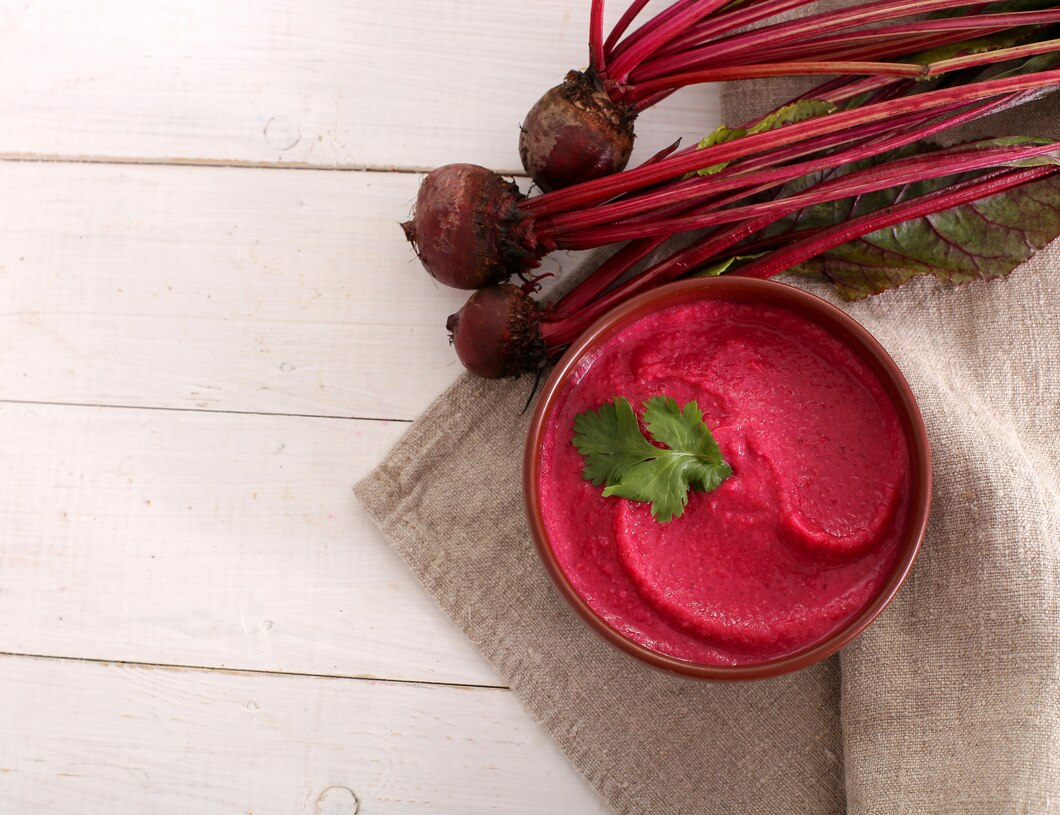Nightshade vegetables, which include tomatoes, potatoes, eggplants, and peppers, can cause inflammation and allergic reactions in some people. For those who need to follow a nightshade-free diet, finding suitable substitutes for these common ingredients can be a challenge. Tomatoes, in particular, are a staple in many recipes, from sauces to salads. Here are five excellent alternatives to tomatoes that can help you maintain a flavorful and satisfying nightshade-free diet.
1. Roasted Red Bell Peppers (Nightshade-Free Varieties)
Roasted red bell peppers offer a sweet and smoky flavor similar to tomatoes. While standard bell peppers are nightshades, there are varieties available that are bred to be nightshade-free. These peppers can be used in sauces, soups, and salads.
Usage Tips:
- Blend roasted peppers to make a rich, flavorful base for sauces.
- Chop and add to salads or sandwiches for a burst of color and sweetness.
- Use in place of tomatoes in stews and casseroles for added depth of flavor.
2. Pumpkin or Butternut Squash
Pumpkin and butternut squash provide a mildly sweet flavor and creamy texture, making them excellent substitutes for tomatoes in many dishes. These squashes are particularly good in soups and sauces.
Usage Tips:
- Puree cooked pumpkin or butternut squash to create a thick, smooth sauce.
- Add to soups and stews as a base or thickening agent.
- Use roasted squash in salads or as a topping for pizzas and flatbreads.
3. Carrots
Carrots are another versatile substitute for tomatoes. Their natural sweetness and bright color can enhance the flavor and appearance of various dishes. Carrots are especially good for creating tomato-free sauces and soups.
Usage Tips:
- Cook and puree carrots to make a base for tomato-free pasta sauces.
- Add grated or chopped carrots to salads, wraps, and stir-fries.
- Use carrot juice or puree as a substitute for tomato juice in recipes.
4. Beets
Beets are rich in color and have a slightly earthy, sweet flavor that can mimic some of the characteristics of tomatoes. They work well in sauces, soups, and as a base for dips.
Usage Tips:
- Roast and puree beets to create a vibrant, tomato-free pasta sauce.
- Use beet puree as a base for soups and stews, adding a rich color and unique flavor.
- Incorporate grated raw beets into salads and slaws for a crunchy texture and vivid color.
5. Hibiscus
Hibiscus flowers have a tart and slightly fruity flavor, similar to the tanginess of tomatoes. They also impart a beautiful red color to dishes, making them an excellent visual and taste substitute.
Usage Tips:
- Steep dried hibiscus flowers in hot water to create a concentrated hibiscus tea.
- Use the hibiscus tea as a base for soups, stews, and sauces, adding other vegetables and seasonings to enhance the flavor.
- Hibiscus concentrate can be reduced on the stove to create a thick, tomato-like sauce.
Adopting a nightshade-free diet doesn’t mean you have to sacrifice flavor or variety in your meals. By using these five alternatives—nightshade-free roasted red bell peppers, pumpkin or butternut squash, carrots, beets, and hibiscus —you can enjoy delicious and nutritious dishes without the adverse effects associated with tomatoes and other nightshades. Experiment with these substitutes to find the perfect flavors and textures that suit your dietary needs and culinary preferences.








